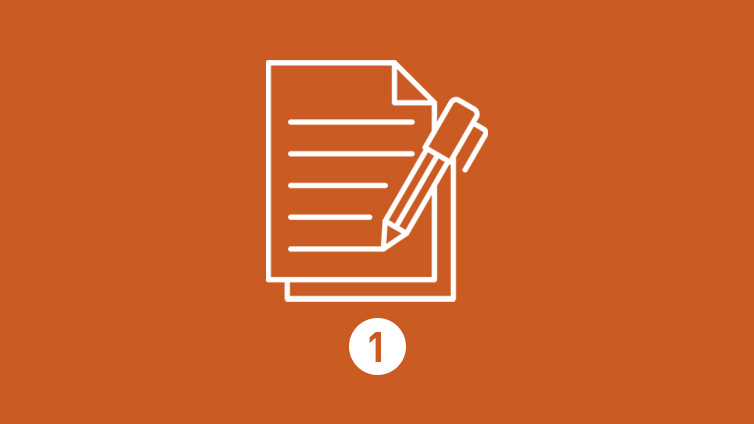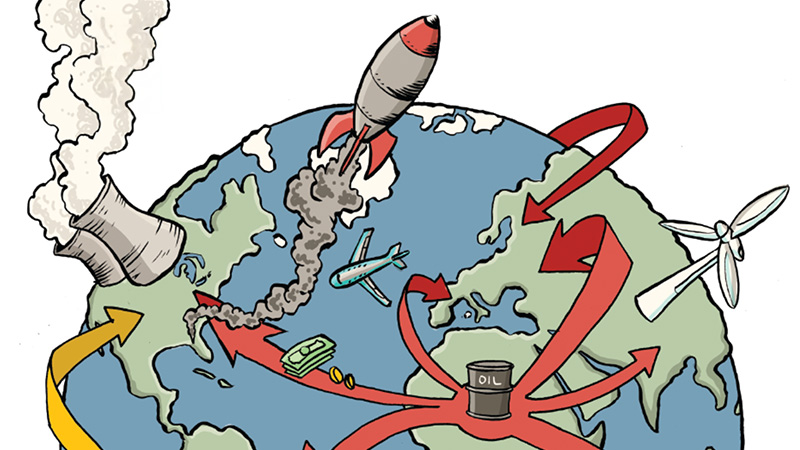The Modern World
Teacher Resources
Driving Question: How did the world become more interconnected?
Before the late 1400s, most humans were farming and living in large, complex societies. But things began to change when the four world zones interconnected. Then, in the 1700s, new energy sources began to power machines...and everything changed.
Learning Objectives:
- Explain how the four world zones interconnected.
- Describe how interconnection increases complexity.
Vocab Terms:
- Anthropocene
- energy
- fossil fuel
- globalization
- population
- world zone
Opener: The Modern World
To teach this lesson step, refer to page 2 of the Lesson 6.1 Teaching Guide.
Our Openers and Closers Guide will provide more information about these short, but important, activities at the beginning and end of each lesson.
Welcome at last to the modern world. But when did it become modern, and what makes it “modern” anyway?
Complexity Accelerates
To teach this lesson step, refer to page 3 of the Lesson 6.1 Teaching Guide.
Burning fossil fuels for energy spurred the Modern Revolution. Check out more of the impacts of this discovery in this introductory lesson in OER Project: Climate.
Earlier in the course, billions of years passed between thresholds. Don’t blink or you might miss the next one! This article and activity take a closer look at how much has changed in the last 500 years.
Threshold 8
To teach this lesson step, refer to page 4 of the Lesson 6.1 Teaching Guide.
Check out our Video Guide for suggestions on incorporating videos in the classroom.
We have reached the last threshold of increasing complexity (as far as we know, anyway!). As this video and activity demonstrate, we’ve come a long way from our first threshold billions of years ago.
Closer: The Modern World
To teach this lesson step, refer to page 4 of the Lesson 6.1 Teaching Guide.
Our Openers and Closers Guide will provide more information about these short, but important, activities at the beginning and end of each lesson.
Most young people look at more memes in a day than they do news articles or videos. Here’s your chance to share what you’ve been learning, meme style.




